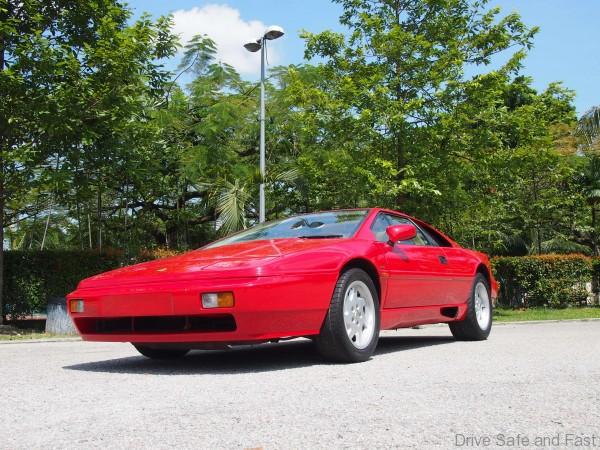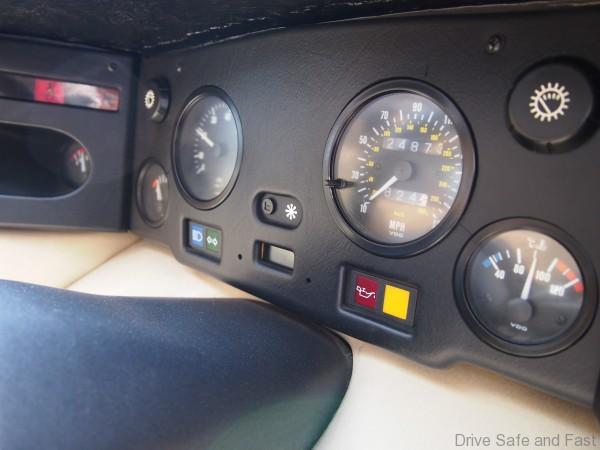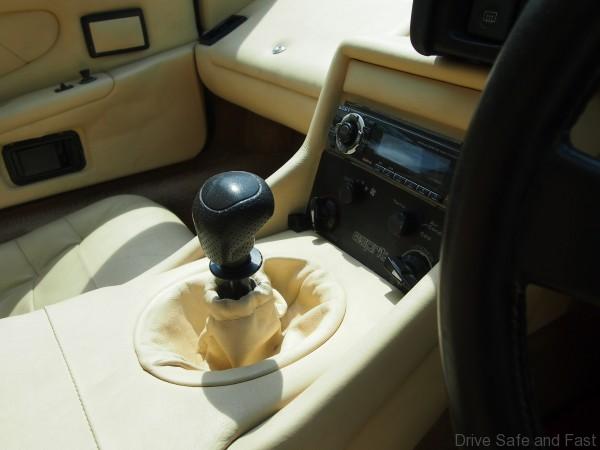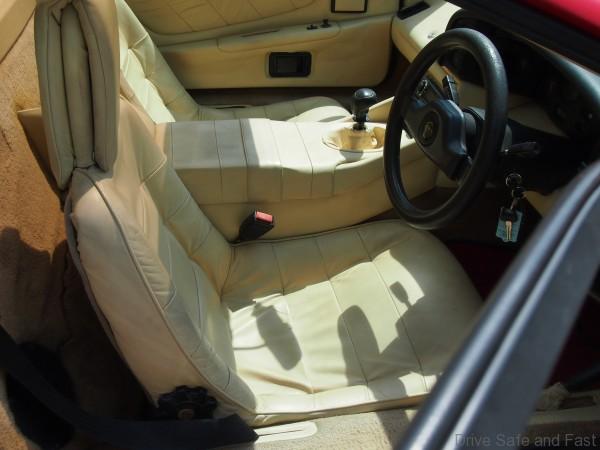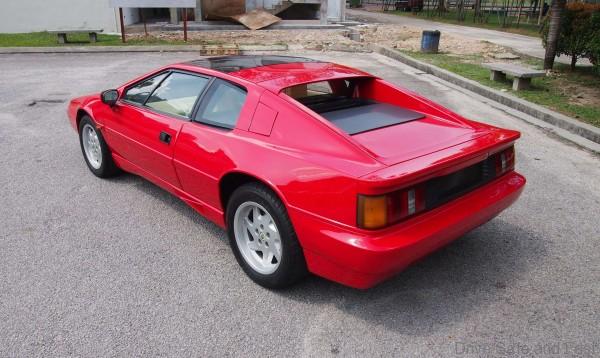Lotus Esprit Turbo used supercar review
If you are over 40 years old and have been living outside of a cave, the Lotus Esprit will be a car that you would have admired and lusted over at one point in your life. Why?, because Roger Moore drove the early version Lotus S1 as James Bond 007 secret agent in the ‘Spy Who Loved Me’. It was a Giugiaro designed car that gave Ferrari and Lamborghini a run for their money.
The final Espirit (codenamed the X180), the Turbo was designed by Peter Stevens, the same person who designed the McLaren F1. While it retained the hard points and general proportion of the original Giugiaro design, it was made rounder, smoother and thoroughly modern. To me, it was easily the best looking Esprit of all, and one of the best looking sports cars of its time. The new lines not only lowered aerodynamic drag to 0.335, but it also appeared high quality and tight fit, thanks to a new glass-fiber molding process called VARI (vacuum-assisted resin injection). VARI resulted in tight tolerances and even thickness. In addition to some Kevlar inserts at roof and pillars, the new body shell contributed to higher chassis rigidity, hence better handling and higher refinement.
Mechanically, this X180 did not differ a lot from the previous HC. Its 2.2 turbocharged engine produced the same 215hp and 220 lb-ft despite of a more durable water-cooled turbocharger (but still without intercooler). A naturally aspirated version with 173hp continued to be offered alongside the turbo, although it was a less popular choice. The biggest change was found at the transaxle gearbox, which was sourced from the new Renault Alpine GTA. This brought improved shift quality as well as a slightly taller gearing. The Renault transaxle gave no place for the previous in-board rear brakes, so the X180 switched to conventional out-board disc brakes. Other improvements majored on reducing noise level and improving cabin comfort. The cabin got a welcomed 20 mm extra headroom, 15 mm more legroom and a 25 mm wider foot well.
Lotus spent £2 million on the development and design of the car. Worked started in October 1985, with sketches and colour renderings. A full-size fibreglass mock-up was created in February 1986 and the final design was approved in July of that year. The new Lotus Esprit Turbo was launched in October 1987, with deliveries beginning almost at once. The finished car was mechanically the same as the previous Giugiaro styled Turbo Esprit HC, other than the transaxle and gearbox.
In place of the previous Citroen unit, Lotus fitted the Renault GTA transmission. The new gearbox also meant a change in the rear brakes. These became outboard, mounted on the cast alloy hub carriers. Inside the car there was more legroom, an updated instrument display, revised door panels and seats and better ventilation.
Today you can find a few running around but not in its best of health. A more modern version from 1987 which you see in the pictures here can be yours from RM150,000 (depending on age condition and wear) which seems reasonable when you consider the attention you will get driving it.



